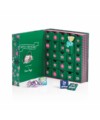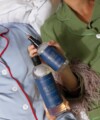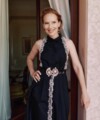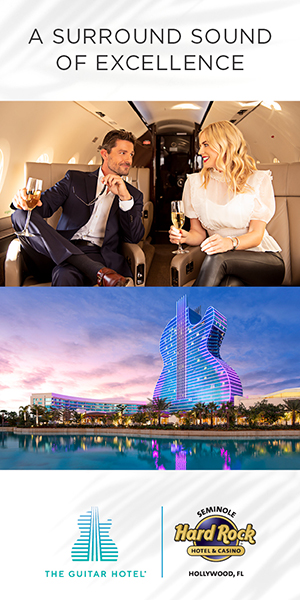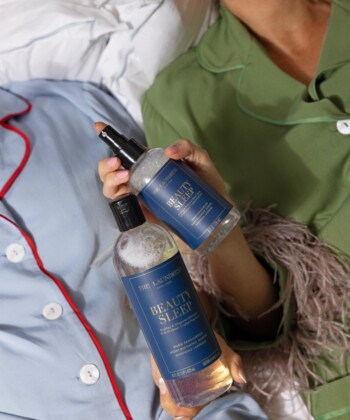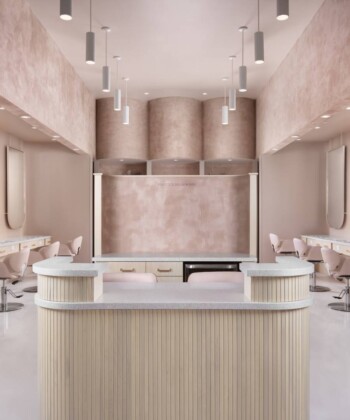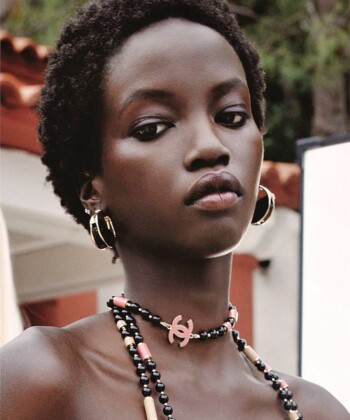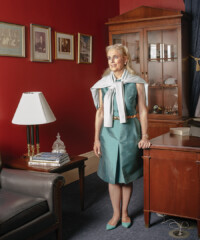On the corner of West 57th Street and 6th Avenue in Manhattan, amid a cluster of expensive restaurants and luxury hotels, you’ll find a nondescript corporate office building where ladies who lunch go to freeze themselves alive. The radical treatment, known as whole body cryotherapy—WBC for short—involves spending three excruciating minutes inside a nitrogen-filled chamber cooled to minus 264 degrees Fahrenheit. Endure the torture and practitioners say you’ll be handsomely rewarded in the form of cellulite reduction, osteoporosis prevention, boosted metabolism, enhanced energy and endorphin release, among other health and beauty benefits.
Over the last five years, the trend has spread to more than 30 U.S. cities, with hundreds of chambers now located in cryotherapy spas, athletic training facilities, five-star resorts and physical-therapy offices across the country. Experts say the cryo boom can be traced back to 2011, when the Dallas Mavericks, fresh off an NBA title win, praised the treatment as the team’s “secret weapon.” Florida-based physical therapist Ron Yacoub, who treats high-profile athletes, says the players swore by it. “They said that going into cryotherapy units after games and practice enabled them to recover from their injuries quicker,” he recalls. “That lit the fire for the entire professional sports industry. Everyone was looking to have a cryotherapy chamber in their facility.”
The treatment made national headlines again more recently for a different reason. In October, a 24-year-old Las Vegas woman accidentally died of asphyxia after self-administering a cryotherapy session at the spa where she worked. Nevada has since issued guidelines surrounding the practice, which include proper employee training and limiting sessions to once per day for no more than three minutes.
Despite the surrounding sense of trepidation, the trend continues to grow. New York City’s only cryotherapy-specific center, KryoLife, opened in late 2012 and has since developed a cult of loyal devotees, including life coach Tony Robbins and ballet dancer Misty Copeland. Its founder, Joanna Fryben, was inspired to bring the concept stateside from her native Poland after witnessing the treatment’s effects firsthand. “I was very intrigued by the technology. Athletes were using it at Olympic centers in Poland, and people who suffered from rheumatoid arthritis were raving about it,” says Fryben, whose mother turned to cryotherapy following knee-replacement surgery. “My mom was in love. She felt 20 years younger.”
The treatment, she explains, triggers a fight-or-flight response in the body, sending a rush of blood to the vital organs. It can be used as a postoperative recovery tool or simply to enhance overall well-being, and the effects—which vary for each individual—typically last for six to eight hours. A three-minute session costs $90, and Fryben sees around 80 clients per day—though that number could grow exponentially once KryoLife opens its flagship in the Flatiron District early next year and eventually expands to Greenwich, Connecticut, NYC’s Battery Park City and Florida. She also imports the chambers from Poland and sells them on an individual basis for $50,000 each.
KryoLife’s chamber looks strikingly similar to a stand-up tanning booth, except rather than enveloping your body in a warm cocoon of ultraviolet radiation, it blasts you with freezing nitrogen gas for 180 painfully long seconds. The chill begins first at your toes, before trickling up to your thighs and around your waist. By the time it hits your arms, you may start involuntarily clenching every muscle in your body and rubbing your hands together in hopes of staying warm. And then, before you know it, the whole thing will be over. Imagine briefly losing control of your car during a snowstorm—the adrenaline rush, followed by a euphoric sense of calm.
After my session at KryoLife, I waited patiently for the jolt of energy Fryben and so many others have touted, in which the body’s ability to detoxify and rejuvenate is allegedly enhanced. (“Some people just stop in during their lunch hour,” Fryben told me. “They don’t need that afternoon cup of coffee.”) Initially, at least, I didn’t feel energized or detoxified or rejuvenated—I just felt normal.
That wouldn’t surprise cryotherapy’s critics, who question the treatment’s various health claims. “It is an unproven technique that is advertised as being more effective than the evidence can support,” says Ian Harris, an orthopedic surgeon and professor at Australia’s Whitlam Orthopaedic Research Centre. And to be sure, though a number of European studies have confirmed the anti-inflammatory benefits of whole body cryotherapy, there simply isn’t enough research to draw conclusions about further claims. “I think these clinics have as much support as any other wellness, beauty, stem cell, oxygen—insert gimmick here—clinic,” says Harris. “This is being done to sell a product.”
While I’m no scientist, I can tell you that several hours after my treatment, I got a second wind out of nowhere. It was five o’clock—normally a dreadful, sluggish time of day for me—and though I had every reason to be exhausted from a multicourse dinner and not enough sleep the night before, I was suddenly wide-eyed and alert, ticking boxes off my to-do list like an over-caffeinated intern.
The high lasted for several hours, and when it ended, I was well aware that I might have just been sipping the cryo-Kool-Aid. Still, placebo or not, I plan on going back—at least a few times—to find out for sure.






